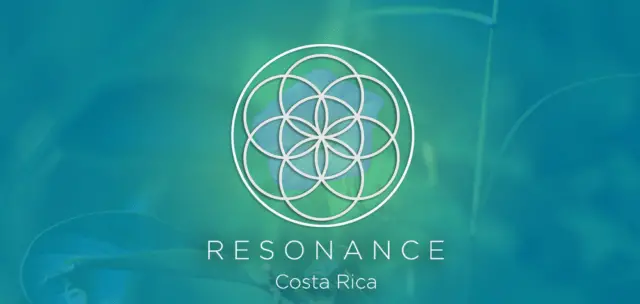Sustainable construction in Costa Rica has become an important pillar in the fight against climate change. This sector, which is responsible for a significant part of carbon emissions, occupies innovative strategies to minimize its effects and to be based on the obligations of the Paris Agreement and the National Dekarbonization Plan.
Decarbonization and sustainable construction in Costa Rica
According to Nicolás Ramírez, Executive Director of the Green Building Council Costa Rica: Buildings represent a third of global energy consumption and consume 50% of the planet's natural resources. The industry must move towards a sustainable and regenerative model.
The national decarbonization plan stipulates that all new buildings must be designed in accordance with the low -level standards by 2030, and by 2050 the sector must work with renewable energies and energy efficiency.
Main trends for 2025 in sustainable construction in Costa Rica:
Radio and recycled materials
The sector follows an approach based on the circular economy and prioritizes the reuse of materials and reducing waste. Some of the key strategies include:
Restoration of materials from demolition system for reuse in new buildings.
Implementation of cements with a lower CO2 footprint.
Inclusion of water and energy cycling systems in buildings.
Use of certified wood and biodegradable materials under construction.
The use of construction waste is one of the most effective strategies. Companies like Holcim Costa Rica have developed methods to reduce the demand for materials from the environment.
Environmental regeneration and green construction
The concept of environmental regeneration is intended to ensure that buildings not only reduce their effects, but also contribute to the restoration of ecosystems. Some initiatives include:
Green infrastructures such as green roofs and living walls.
Urban renaturalization that integrates more green rooms in metropolitan regions.
Application of bioclimatic architecture, maximizing energy efficiency and reducing the dependency on artificial air conditioning.
Costa Rica already has several projects that combine clean technologies and passive design to minimize energy consumption, such as:
Using urban waste to generate 70% of its energy.
The Iolar Park in Geocycle delivers up to 70% of the electricity used in operation.
Recovered 94% of its waste and avoid 108 tons of CO₂ per year.
Optimization of the production process to reduce the environmental impact in steel production.
Reduction of CO2 emissions by 30% and certify their buildings as a “zero waste”.
Implementation of modular architecture to minimize material waste.
Technological innovation in the sustainable construction in Costa Rica
Technological progress is the key to sustainability in the construction sector. Some of the most remarkable innovations are:
Adaptive design that enables buildings to regulate their temperature without an artificial air conditioning.
Smart sensors that optimize energy and water consumption in buildings.
Use of artificial intelligence in the architectural design to reduce CO2 footprint.
Despite the progress, sustainable construction faces important challenges:
- High initial costs because sustainable technologies require a major investment at the beginning.
- Lack of financial incentives that make it difficult to get access to financial resources for sustainable projects.
- Resistance to changes, since some developers and consumers are still not aware of the advantages of the green construction.
The United Nations Environmental Program offers recommendations to deal with these challenges and promote sustainable constructions.
The role of government and society
The success of a sustainable construction in Costa Rica depends on the cooperation between the private sector, the government and the citizens. The most important actions that are to be implemented include:
Public guidelines that promote the introduction of sustainable practices.
Education and awareness of the advantages of green construction.
Economic incentives for companies and consumers who are committed to sustainability.
The program of the state nation has emphasized the importance of these measures for its reports on sustainable development.
The sustainable construction sector in Costa Rica faces a decisive challenge: develop into sustainability without affecting economic development. Like Gabriela Vallejo Astúa, director of sustainability and innovation of the Costa Rican Construction Chamber of Construction, mentioned:
“The construction sector has inevitable responsibility for the transition to a sustainable future. Costa Rica shows that it is possible to combine economic development with environmental responsibility. “In 2025, sustainability is no longer an option, but a necessity. With innovation, commitment and joint work, Costa Rica moves to a more efficient, renewable and more planet -friendly construction model.

– Advertising –
